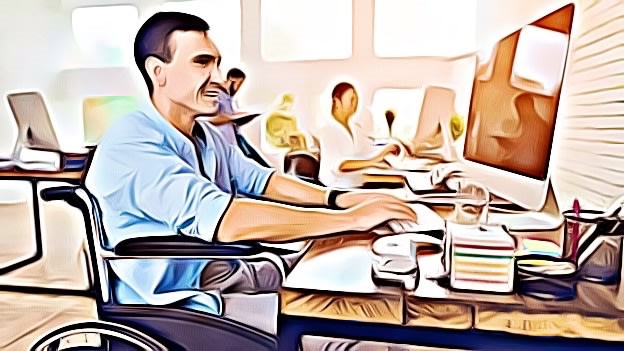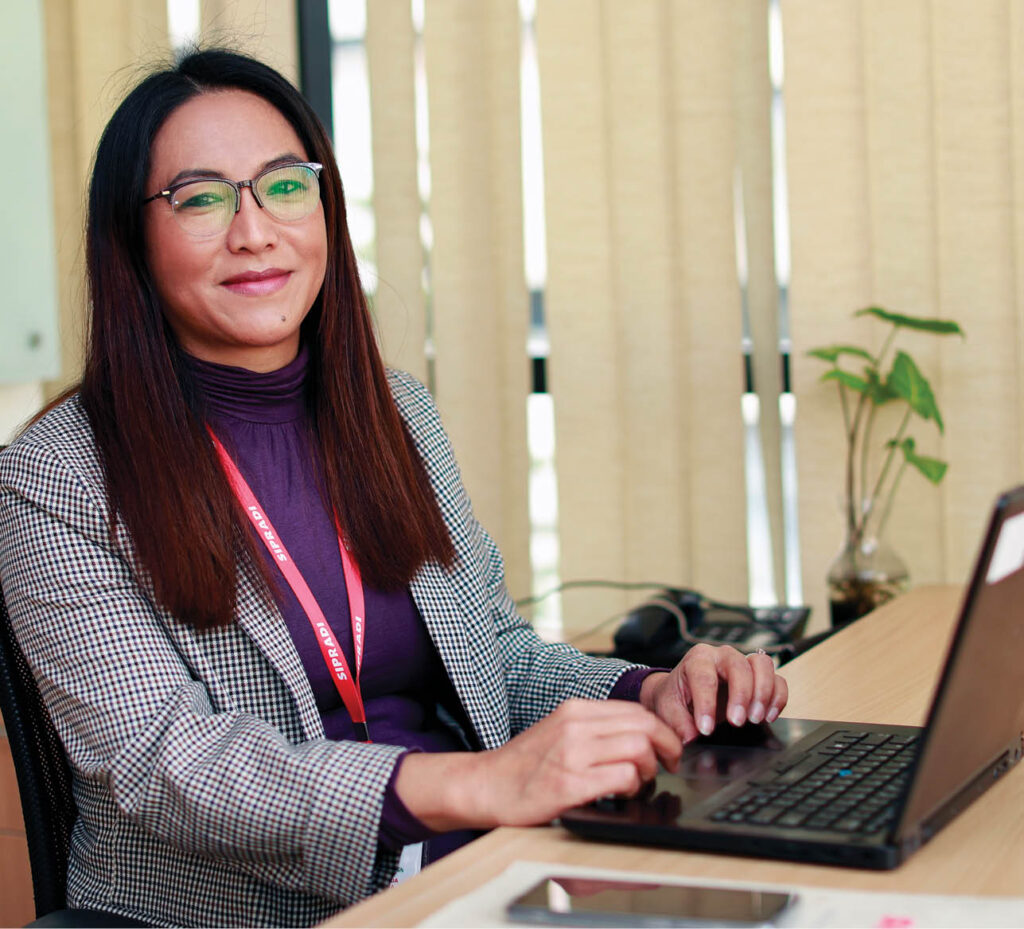
- November 17, 2020
- Organization
"...There has been no reference to the glass ceiling for disabled people. If the figures are to be believed, this ceiling is lower. And in the corporate world, its glass is thicker.” This International Day of People with Disabilities, learn how can organizations become 'disability smart', thereby becoming an enabler of Disability Inclusion.
The last few years have seen the launch of a flood of Diversity and Inclusion initiatives, alongside investment in terms of time and partnerships by the corporate sector. However, a lot of the progressive activity did miss out on ‘effectively’ including People with Disabilities (PWD), who have historically been among the most vulnerable and marginalized groups in society.
To quote my colleague, Matthew Johnston, technical delivery consultant, “...there has been no reference to the glass ceiling for disabled people. If the figures are to be believed, this ceiling is lower. And in the corporate world, its glass is thicker.”
For PWDs – dearth of opportunities, stigma and accessibility continue to be roadblocks. Of the approximately 70 million people with disabilities in India, only about 0.1 million have successfully found employment in the corporate sector.
Opportunities and accessibility
PWD is an obviously untapped talent pool.
As part of the tech industry, we have a powerful opportunity to be an enabler of Disability Inclusion, and therefore also a force for equity, diversity and innovation.
Today’s acceptance for ‘work from anywhere,’ has opened up the job market for a diverse set of people – that includes PWD. They are no longer limited by long commutes, conventional and inflexible working hours, inaccessible workspace design etc. Talent can literally be employed from anywhere and deliver remotely.
Additionally, differently-abled employees can take advantage of inclusive apps with features like text to speech, screen reading and speech recognition. There is also the option of apps and software that provide noise cancellation or translation where needed.
Being ‘disability smart’
The first step towards better representation is for corporates to acknowledge the long way to go in disability inclusion. And, the second is to connect and partner with people, groups and NGOs that understand the space and can help organizations be ‘disability smart.’
For instance, ThoughtWorks signed the ‘The Valuable500 pledge’ – a global movement inspiring business leaders to commit to accountable action in support of disability inclusion. Corporates could also explore partnerships with not-for-profit membership organizations that make it easier and more rewarding to do business with and employ disabled people by providing pragmatic support, sharing expertise, providing training and facilitating networking opportunities.
It’s also important for companies to closely work with their own People with Disability communities and its allies to inform policy and drive broader diversity and inclusivity efforts across their offices.
Some of these efforts could include proactive accessibility conversations where accessibility experts collaborate with a company’s content management and knowledge-sharing teams to ensure transition to inclusive platforms and tools. Also, it’s important to build on existing (employee-facing) training and information libraries that will more often than not reflect a dearth of materials on accessibility. This requires gathering resources that can help share relevant knowledge and experiences with the wider audience.
Additionally, as capabilities of tech continue to grow, so do the opportunities to improve the lives of millions who suffer from disabilities. While the physical world might be filled with practical challenges, the digital world could be a place where inclusion is the default.
More and more companies are realizing that having a variety of people working for them, with different abilities, opinions and backgrounds, is a key contributor to their success. And, we are looking forward to joining hands with such inclusive organizations in the interest of progressive diversity goals that actively include the PWD community.
Author: Tina Vinod
Categories
Archive Post





